
Certain games have a cultural impact that goes beyond simple entertainment. They influence how we communicate, play, and build relationships, regardless of age or location. These games often give rise to popular memes, competitive esports, entirely new types of games, and even inspire physical activity. The games listed below all started trends that spread from the digital world into our daily lives, demonstrating the surprising and long-lasting ways interactive experiences can shape culture.
Minecraft
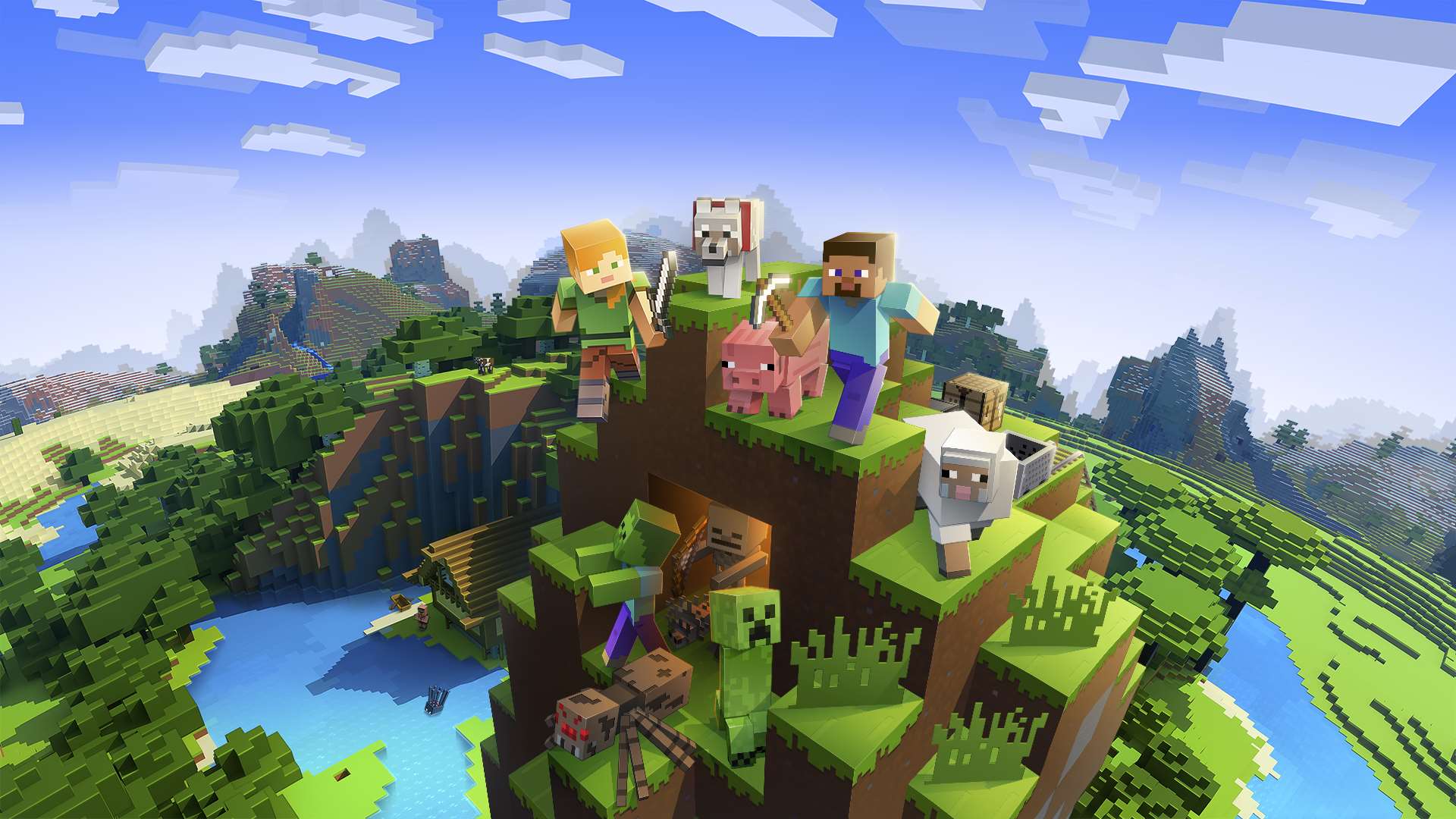
This game transformed into a worldwide creative phenomenon, starting as an open-world building and survival experience. Its simple, block-based style makes it easy to learn, perfect for classrooms and players of all ages. A huge online community blossomed around impressive creations and challenging gameplay, fueled by platforms like YouTube and Twitch. Regular updates and the ability to play across different devices kept players engaged for a long time. Plus, tools allowing players to modify the game and create their own servers led to entirely new ways to play.
Tetris

The basic idea of dropping blocks to fit them together became a globally recognized form of fun, enjoyed by people of all ages and from all countries. It was key to making gaming on the go popular with early handheld consoles. Whether you prefer relaxing by yourself or competing against others, the game offers a satisfying experience. New versions and official tournaments continue to keep it exciting, and its unique designs and music quickly became famous parts of pop culture.
Super Mario Bros.
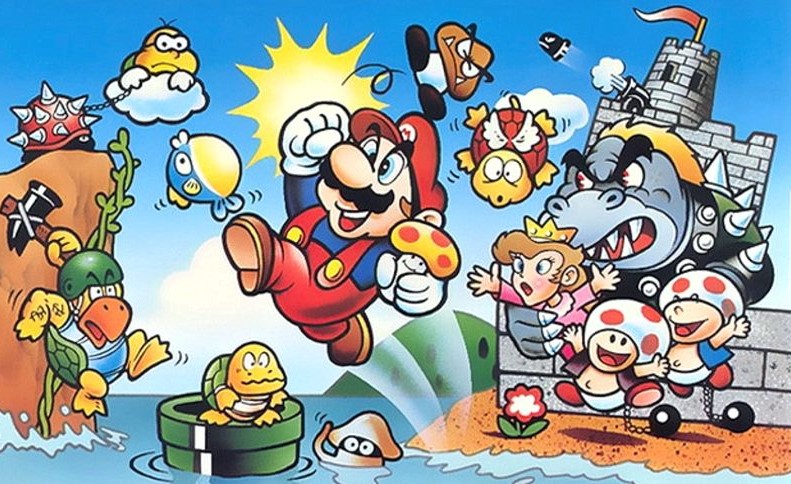
This game set the standard for side-scrolling platformers, impacting level design for years to come. Its precise controls and clear challenges gently guided players to master new abilities. As a flagship title, it helped reignite the popularity of home gaming consoles globally. Even today, dedicated players continue to analyze and optimize its gameplay, and its iconic characters and items can be found on merchandise and at events.
Pac-Man
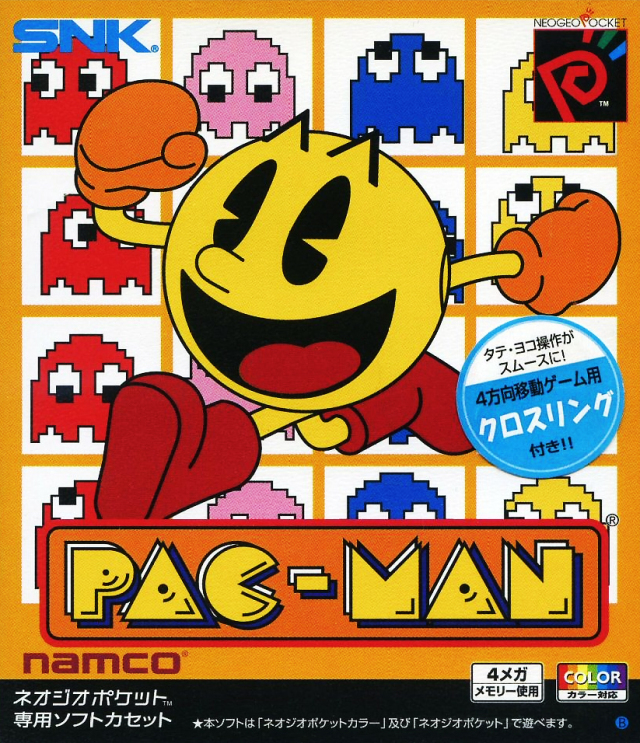
The game quickly became popular with families, featuring a well-known character. Arcades transformed into lively gathering places thanks to competitive high score boards. Players developed strategies and enjoyed friendly competition, and the game’s success extended beyond the arcade with appearances on cereal boxes, in cartoons, and through merchandise. Even today, its simple and appealing design continues to influence game development.
Space Invaders
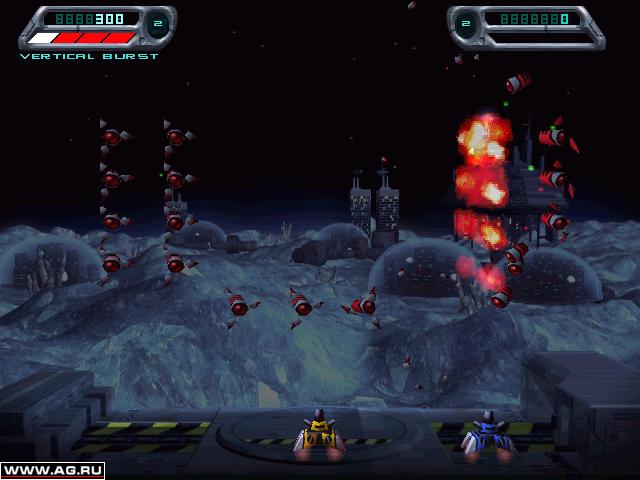
The introduction of wave-based shooting games sparked a new trend in arcades, becoming a popular social activity. These games were easy to pick up but challenging to perfect. They also had a significant impact on how games used sound, connecting the audio to the increasing excitement and tension of the gameplay. Arcades quickly filled with these cabinets, even causing temporary coin shortages! The feeling of mounting pressure in these games continues to influence shooter games today.
Pokémon GO

Honestly, AR completely changed how I experienced the real world. Suddenly, my local park and city streets felt like a game board. Landmarks became places to battle and collect items, which meant just going for a walk turned into hanging out with other players. They even had special events that got everyone meeting up, building a real community. It was cool seeing health and tourism groups get behind it, encouraging people to get outside. And the best part? They kept things fresh with new creatures and events, always giving me a reason to come back and explore!
World of Warcraft
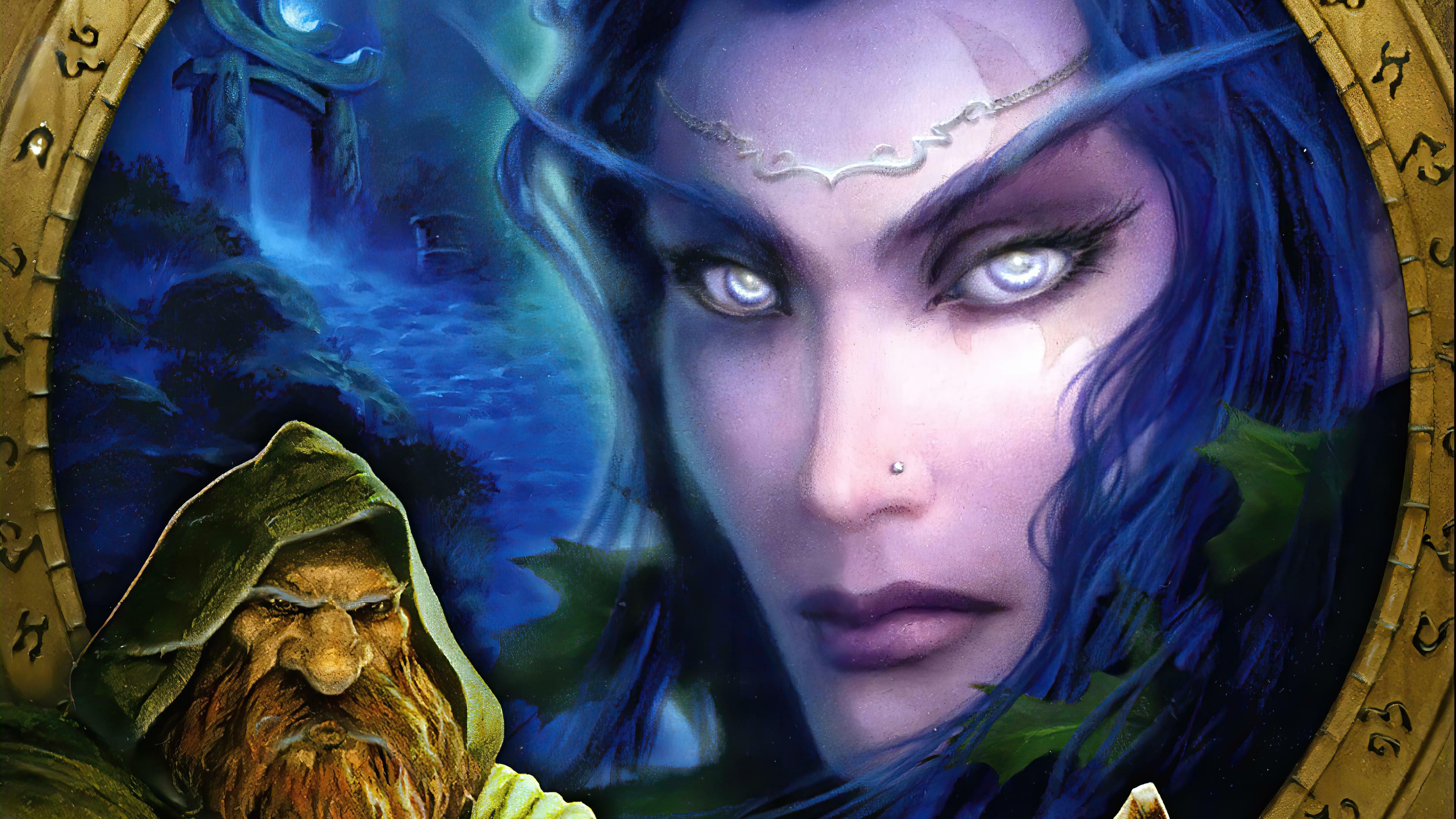
Playing online transformed how people connected, with guilds and challenging raids becoming regular activities. New game updates expanded the story and offered fresh areas to discover as a team. Players could also build communities through in-game economies and crafting, taking on unique roles. A vibrant community flourished thanks to player-created tools and online discussions, and the game remained popular through events and competitive gaming.
The Sims
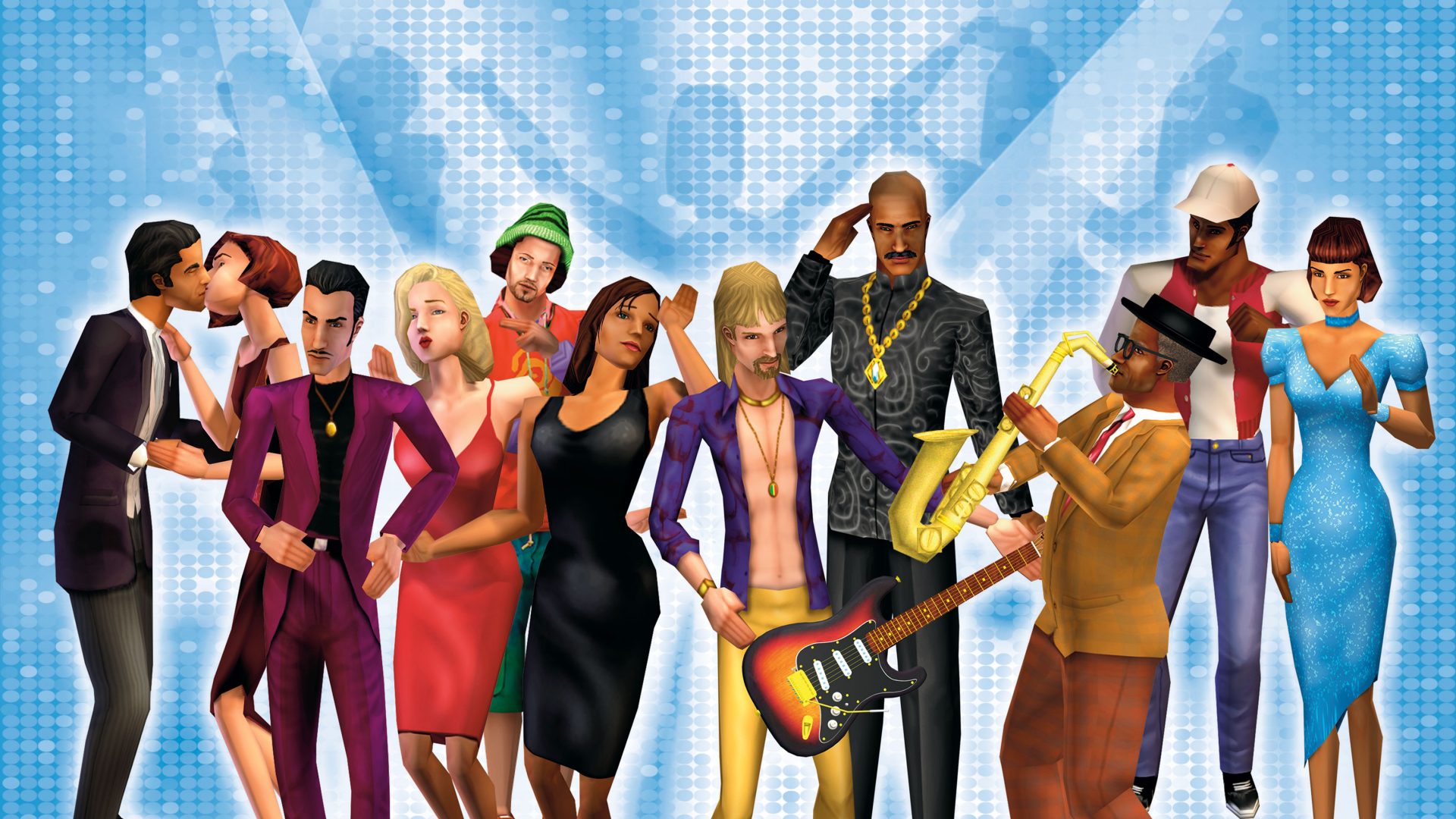
Life simulation games allow players to create and customize homes, families, and communities. Players share their creations – like furniture, clothing, and buildings – online, filling virtual galleries with user-designed content. These games have become a way for people to tell stories and share them on social media. New content often reflects current trends in design and popular culture. The series has also been successful in attracting a wider range of players to gaming.
Grand Theft Auto V
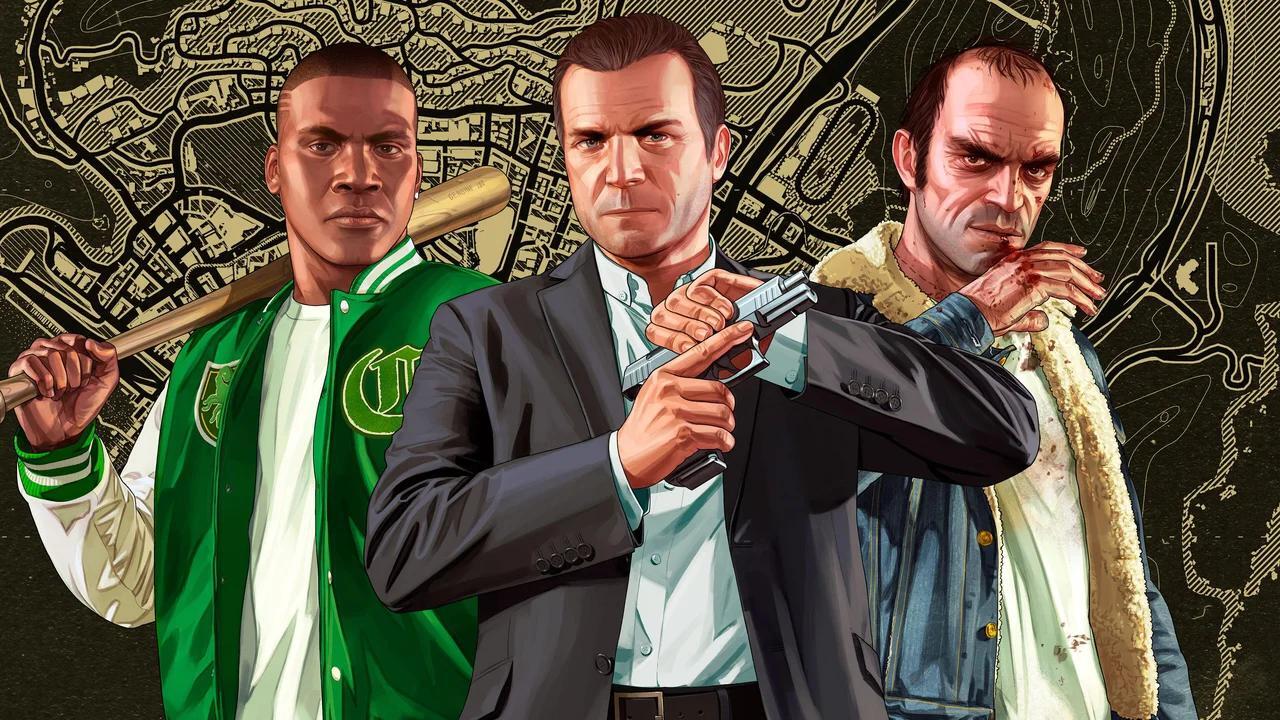
This game offered a massive, immersive world where players could experience a compelling story and also connect with others online. Players could pull off elaborate heists and use creative tools, turning each session into a social gathering. Dedicated roleplaying servers sparked thriving streaming communities and innovative content. Consistent updates kept the game fresh with new vehicles, businesses, and missions. Ultimately, the game’s city became a vibrant hub for music, fashion, and car enthusiasts.
Wii Sports
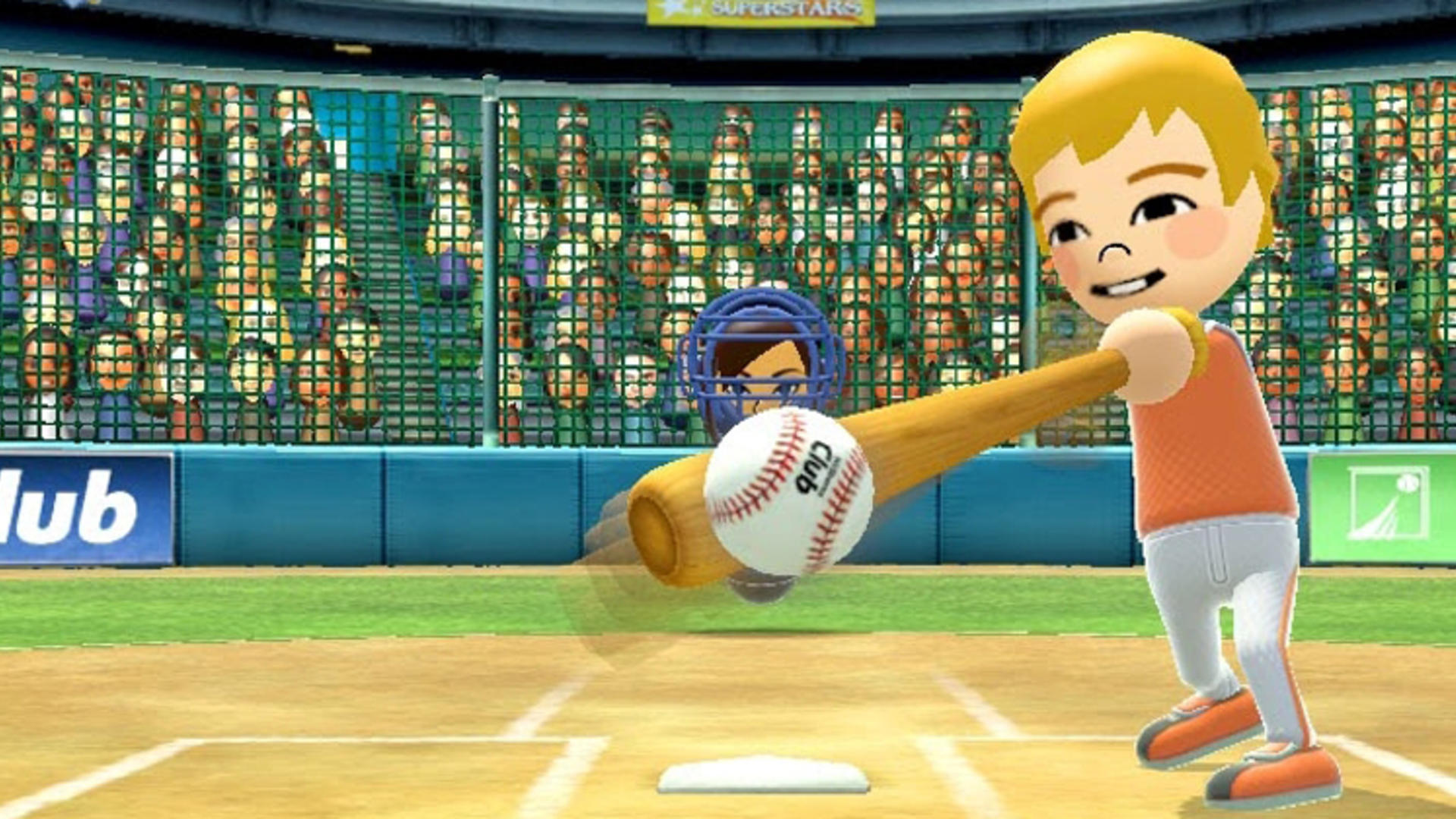
Motion controls brought families and friends together, letting people of all ages play games in their living rooms. These games were easy to pick up, using simple movements instead of complicated controllers. They quickly became popular for fun at parties, in schools, and even for helping people recover through therapy. The customizable Mii characters let everyone create their own on-screen persona. Bowling and tennis, in particular, became beloved activities that families enjoyed together time and time again.
Doom
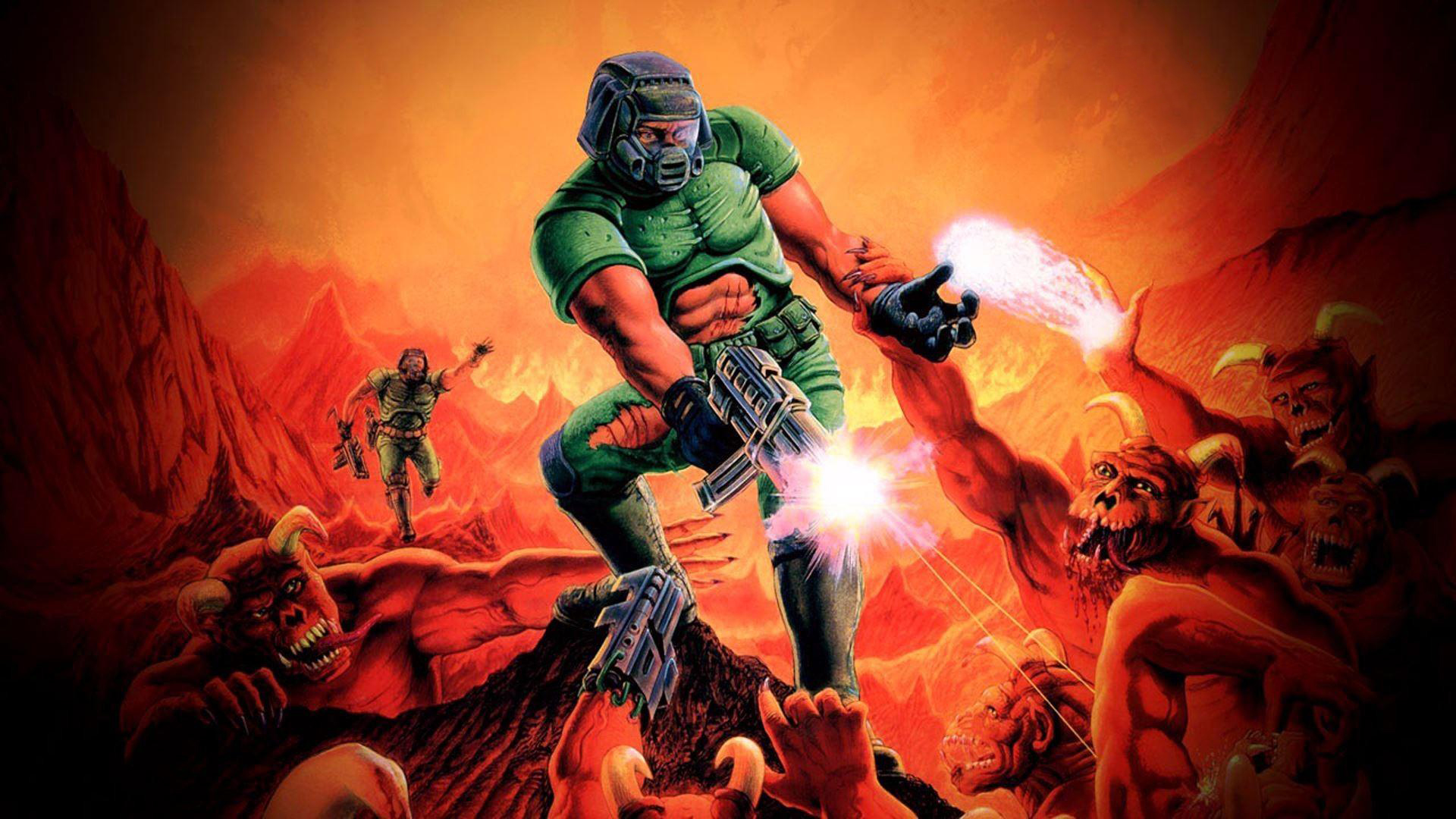
This game revolutionized PC first-person shooters with its fast-paced action. Extensive modding tools and level editors fostered a passionate community that created tons of custom content. The game’s technology was also influential, appearing in many games that followed. It helped popularize PC gaming through LAN parties and shareware, and dedicated fans are still creating new content for it today.
Counter-Strike
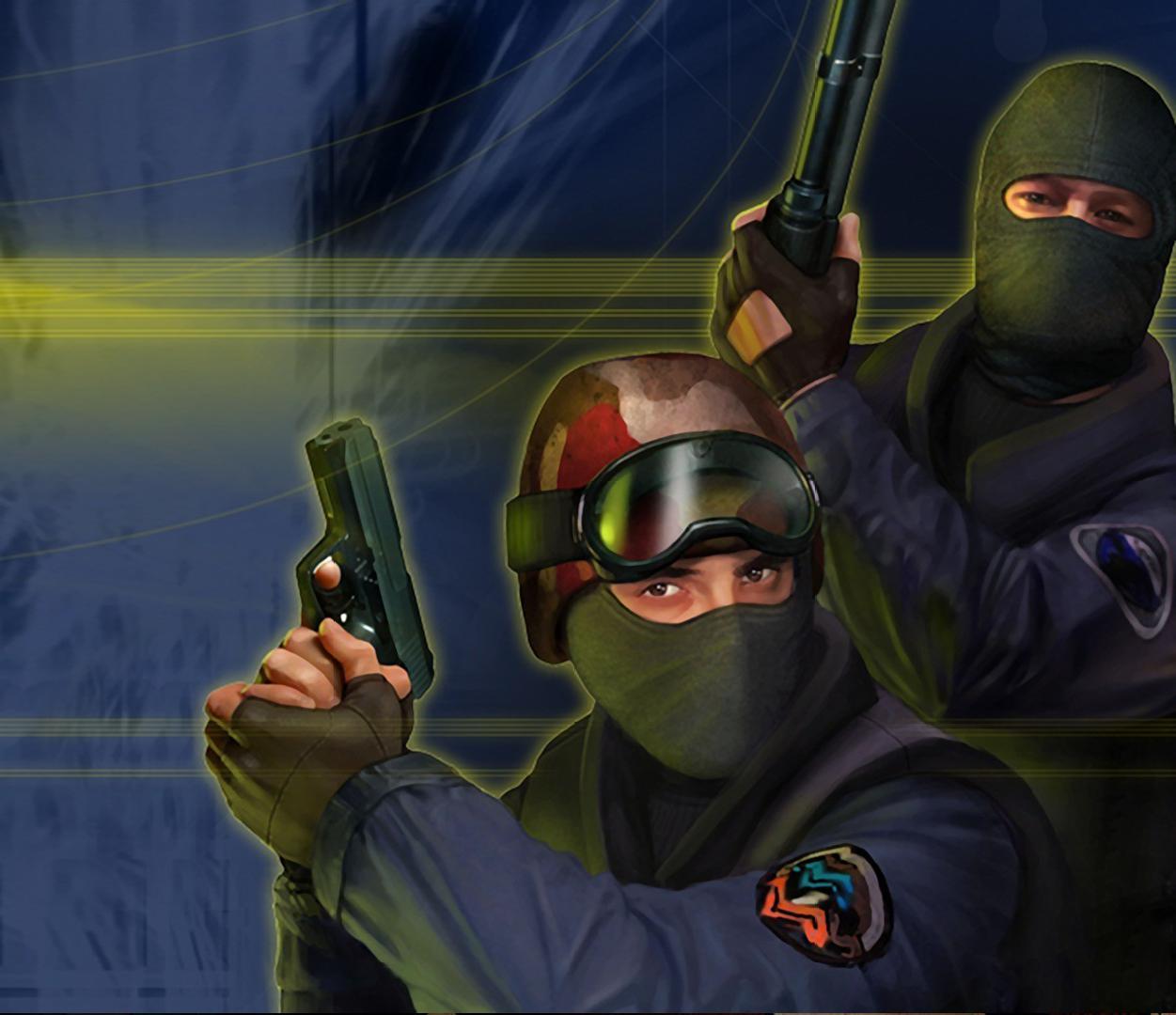
The game quickly became a competitive favorite thanks to its team-based bomb defusal and close-quarters maps. Dedicated community servers and player-created modifications kept the gameplay interesting. Improvements to prevent cheating and the introduction of ranking systems helped create the matchmaking experience we have today. Rules designed for enjoyable spectating allowed for a thriving global tournament scene, and the game’s unique strategies and communication terms became common language in the world of esports.
League of Legends
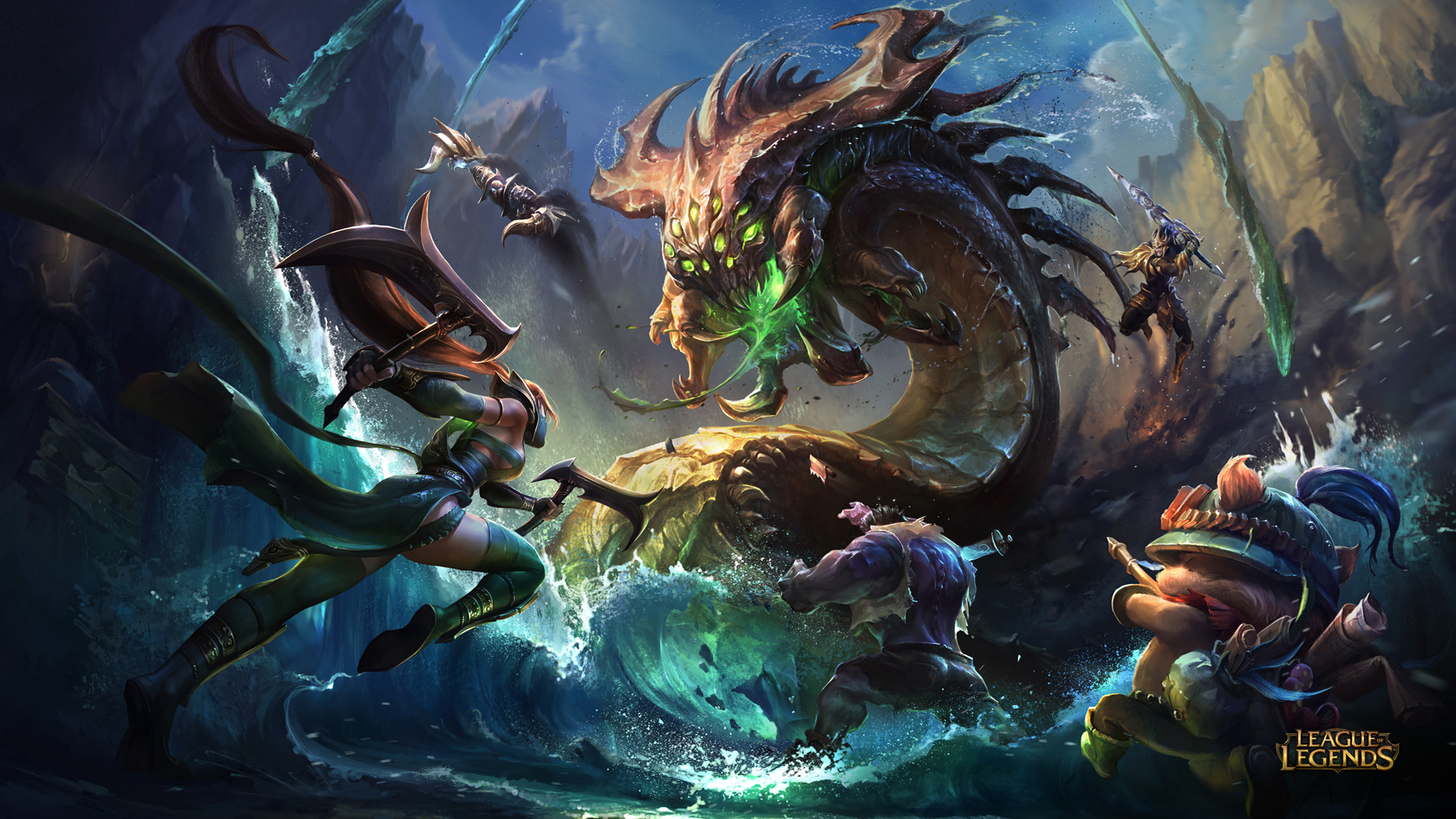
This popular online game improved upon the team-based strategy genre, making it both easy to learn and strategically complex. Frequent updates ensured the game stayed balanced, with developers and players constantly discussing improvements. Major esports events packed stadiums and attracted millions of viewers online. The game’s world was expanded through things like music videos, animated content, and popular pro players, attracting a wider audience. Localized leagues kept fans engaged with ongoing competitive narratives throughout the year.
Dota 2
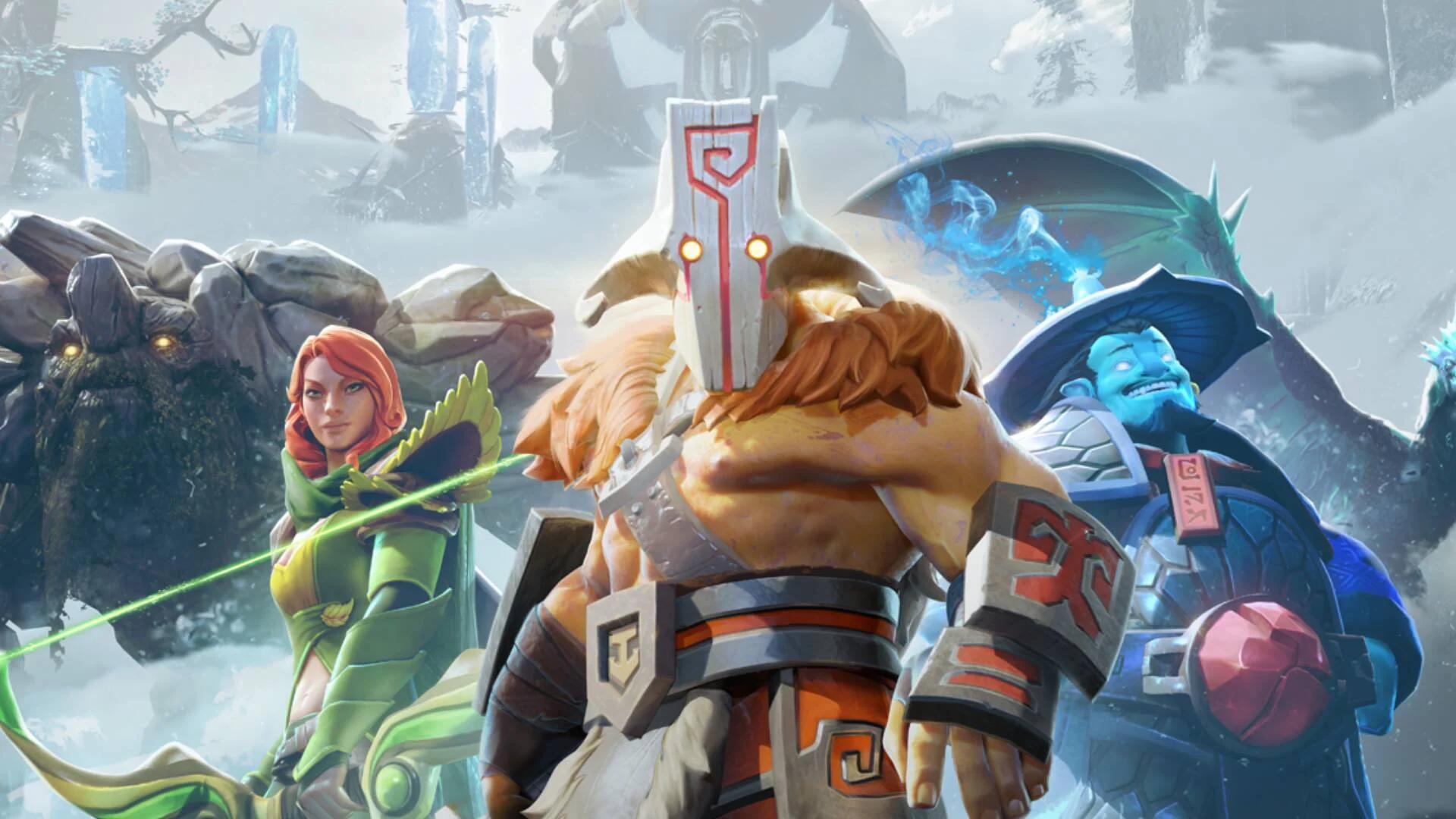
The game fostered a strong community through in-depth character connections and tools for players to create their own content. Competitive gaming thrived with significant prize money and improved broadcasts that made it easier to follow the action. Connecting to Steam allowed players to collaboratively create and share modifications and cosmetic items. Yearly events transformed in-game collectibles and predictions into worldwide traditions.
Fortnite

This popular online game combined fast-paced combat with the ability to build structures, and featured lively social spaces. It regularly hosted events like live concerts and in-game stories, turning the game world into a dynamic entertainment hub. The game also included collaborations with famous characters, athletes, and brands. Players could even create their own maps and games to share with friends, and the game was constantly updated with new content and themes to keep things fresh.
Among Us
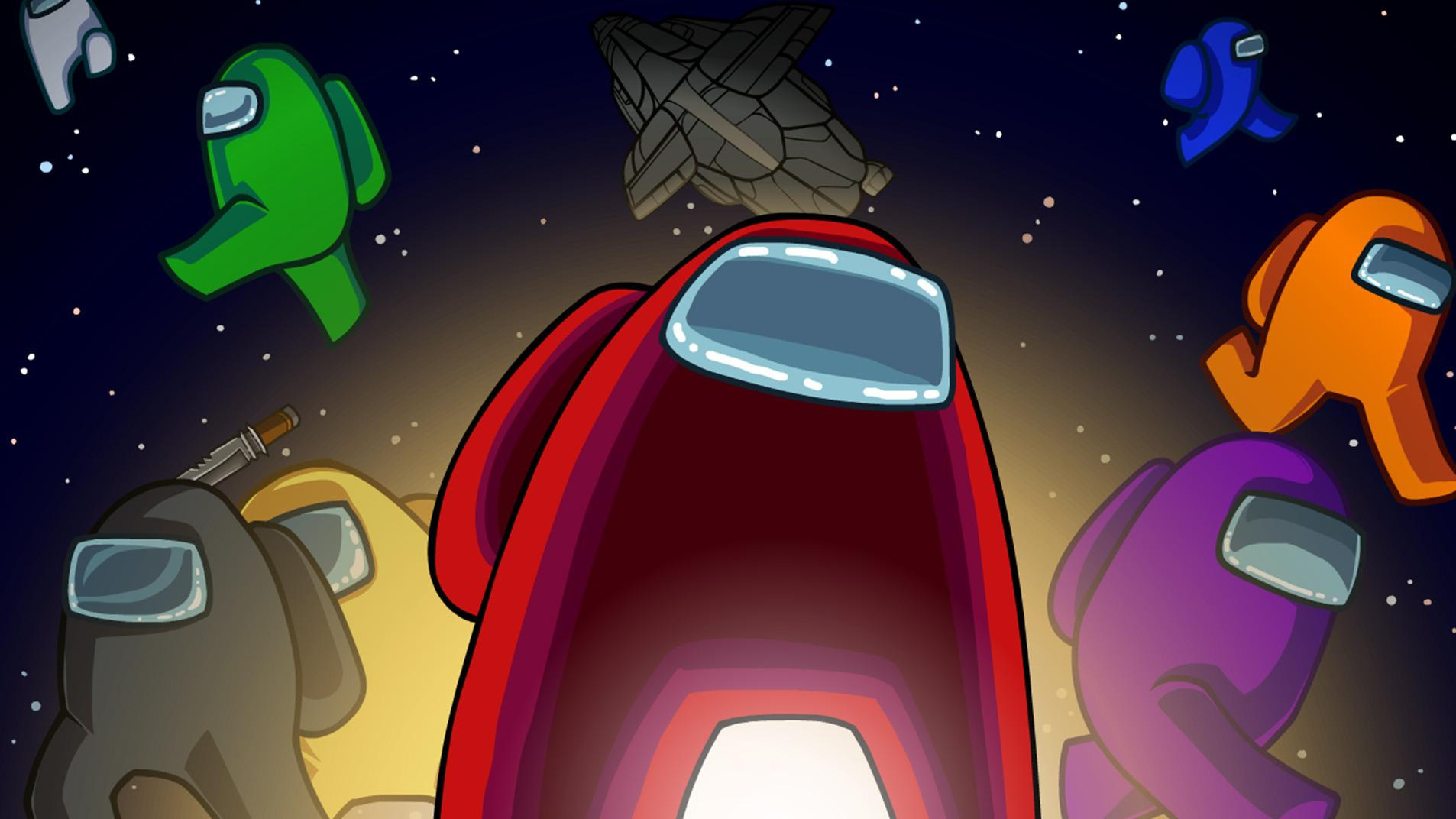
Social deduction games exploded in popularity thanks to online streaming and the ability to play with friends remotely. Their fast-paced nature made them ideal for groups of all kinds – from students and clubs to workplaces. The games stayed fresh with new characters, maps, and ways to deceive others. Fans created tons of art and funny content, spreading the game’s characters everywhere online. Plus, it was easy to play on almost any computer or device.
Candy Crush Saga
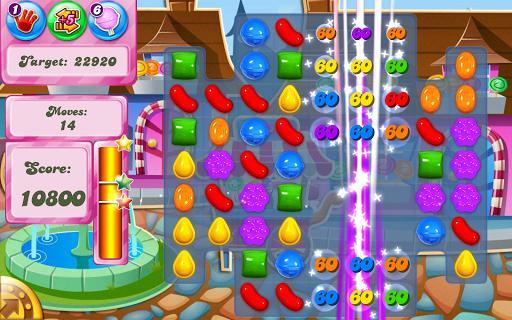
The game connected with both everyday commuters and casual mobile gamers. Players enjoyed quick gameplay sessions built around energy limits. Social features allowed friends to connect and share their progress. Regularly updated in-game events and themed levels kept the game fresh and engaging. Its user interface also became a popular standard, influencing mobile game design in many different genres.
Angry Birds
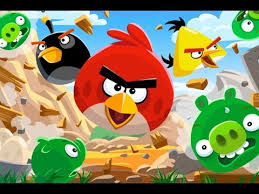
The game became popular thanks to its unique physics-based gameplay and charming characters. Each level cleverly taught players how things worked with fun animations and sounds. Beyond the game itself, the world expanded through toys, animated shows, and movies. Its simple touchscreen controls proved that easy-to-learn gameplay could be incredibly engaging, and regular updates with seasonal content kept things fresh and exciting.
Roblox
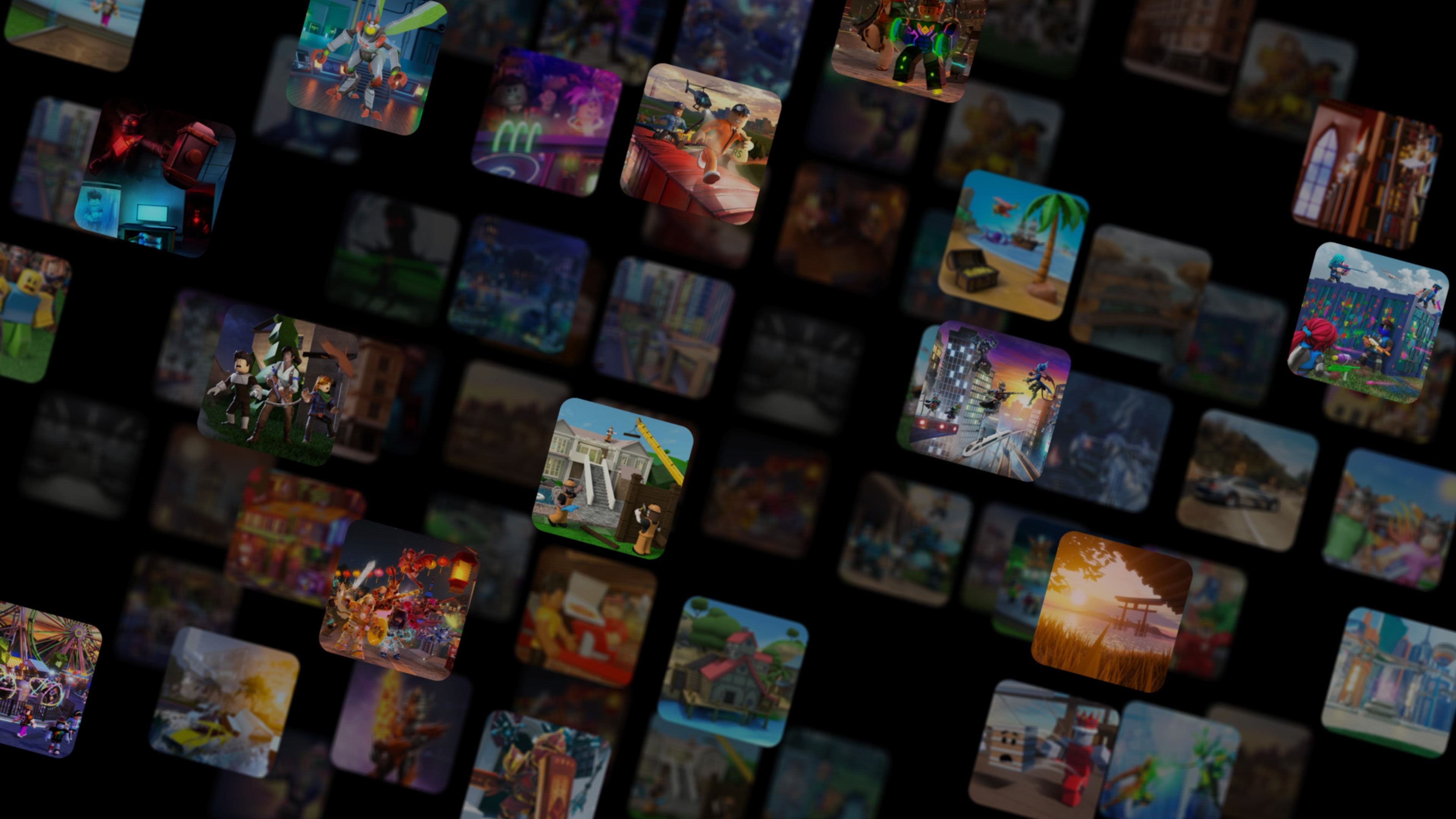
This platform allows players to create their own games, effectively becoming developers. It includes tools and built-in economic systems that teach coding and design skills. Successful games often become popular hangouts for kids and teens, creating shared experiences. The platform also hosts virtual concerts and events for brands, reaching a large and engaged audience. Plus, it’s easy to connect with friends and play on any device, from anywhere.
Street Fighter II

Clear controls and unique characters laid the groundwork for competitive gaming. Arcades transformed into hubs for local tournaments. A shared language for describing moves developed among players. When the games came home, head-to-head battles became a living room staple. The series also played a key role in establishing standard controller layouts and community guidelines.
Let us know in the comments which games you think have had a big impact on culture, and explain why you believe they should be included.
Read More
- Bitcoin’s Ballet: Will the Bull Pirouette or Stumble? 💃🐂
- Can the Stock Market Defy Logic and Achieve a Third Consecutive 20% Gain?
- Dogecoin’s Big Yawn: Musk’s X Money Launch Leaves Market Unimpressed 🐕💸
- Deepfake Drama Alert: Crypto’s New Nemesis Is Your AI Twin! 🧠💸
- LINK’s Tumble: A Tale of Woe, Wraiths, and Wrapped Assets 🌉💸
- SentinelOne’s Sisyphean Siege: A Study in Cybersecurity Hubris
- XRP’s Soul in Turmoil: A Frolic Through Doom & Gloom 😏📉
- Binance’s $5M Bounty: Snitch or Be Scammed! 😈💰
- Ethereum’s $140M Buy: Will It Save Us? 😱
- ADA: 20% Drop or 50% Rally? 🚀💸 #CryptoCrisisComedy
2025-11-12 03:19